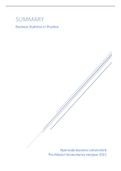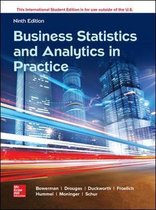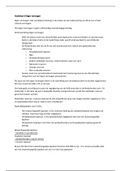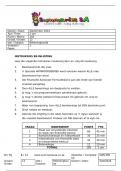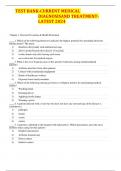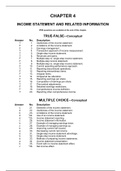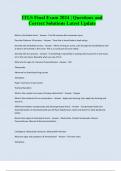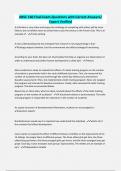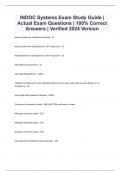Samenvatting
Samenvatting Business Statistics in Practice (BSiP) voorjaar 2021 Pre-master Accountancy
- Instelling
- Nyenrode Business Universiteit (Nyenrode)
Een samenvatting van alle hoofdstukken die je moet leren voor de cursus: Business Statistics in Practice van de Pre-master Accountancy aan Nyenrode. In de samenvatting is de theorie opgenomen, maar ook zijn de formules opgenomen en een uitleg van de berekeningen die je moet maken.
[Meer zien]
